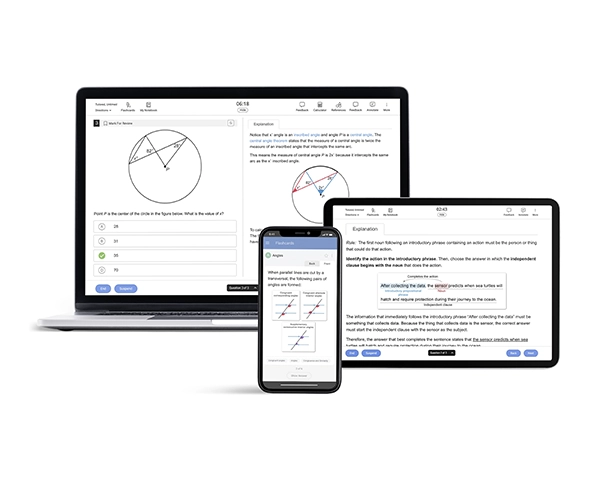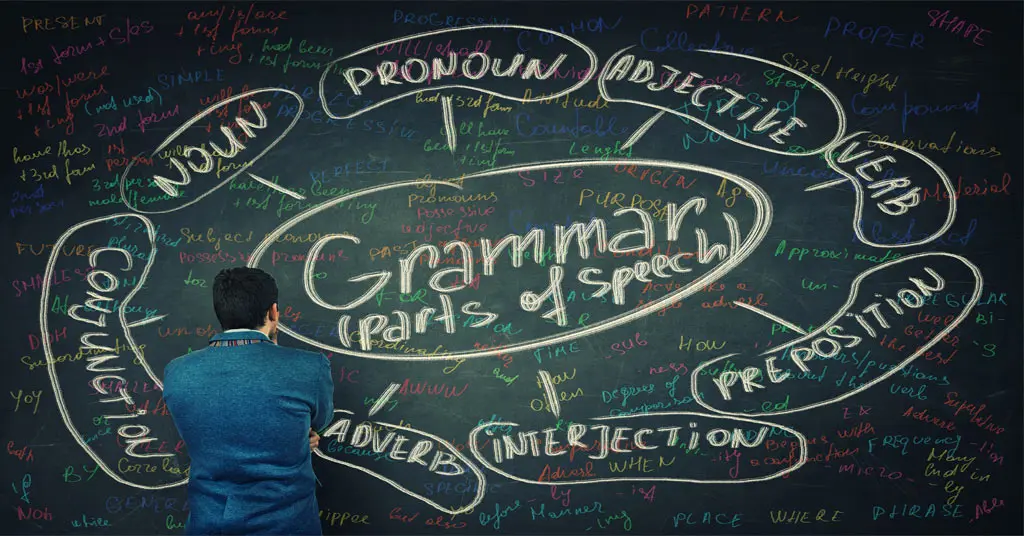Dreaming about college? You're not alone. With over 15 million students enrolled in U.S. colleges and universities each year (National Center for Education Statistics [NCES], 2023), competition is fierce, and the process can be overwhelming. Should you apply to a big-name dream school? A college close to home? How do you know where you'll actually get in?
That's where a smart strategy comes in. By dividing your college list into reach, match, and safety schools, you can boost your chances of getting into a college that fits your goals, lifestyle, and budget. In this guide, we'll break down how to create a winning college list and show you how UWorld's free SAT and ACT prep tools can help you become a stronger applicant.
What Are Reach, Match, and Safety Schools?
Let's define the categories:
- Reach Schools: These are schools where your academic profile (GPA, test scores, etc.) is below the school's average admitted student profile, or where admission is highly selective regardless of scores. Think acceptance rates under 25%. For example, Harvard's acceptance rate was just 3.4% in 2024 (Harvard College Admissions, 2024).
- Match Schools: These colleges match your academic profile fairly well. Your GPA and test scores align with the average admitted student. Your chances of getting in are solid, typically 40–60%.
- Safety Schools: Your stats exceed those of the average admitted student, meaning you have a high probability (70% or more) of acceptance. These schools offer peace of mind and often generous scholarships.
Your GPA, class rank, test scores, and extracurriculars play a role. Test scores—especially from the SAT or ACT—remain a key factor at many institutions (Forbes, 2024), and a strong score can shift a college from a “reach” to a “match.”
Why It's Important to Categorize Your College List
Creating a balanced list isn't just a good strategy—it's essential. Imagine applying to only highly selective schools and getting rejected from all of them. That's a real risk without categorization.
According to the National Association for College Admission Counseling (NACAC), the average student applies to 7–10 colleges (2023). Strategically spreading your applications across reach, match, and safety categories helps ensure you receive multiple offers, which gives you options and negotiating power for scholarships and financial aid.
Also, organizing your list helps reduce stress during an intense application season.
How to Evaluate Your Fit for Each Category
So, how do you figure out where you stand?
- Compare Your GPA and Test Scores: Use tools like BigFuture by College Board or College Navigator from NCES to find average admitted student data.
- Look at Percentiles: If your SAT score is in the 50th percentile of a college's admitted class, that school is likely a match. If it's in the 25th percentile, it's probably a reach. It may be a safety if you're in the 75th percentile or higher.
- Factor in Acceptance Rates and Holistic Admissions: Some schools, especially selective ones, weigh essays, extracurriculars, and recommendations heavily. High stats help, but they don't guarantee admission.
If your test scores are lower, now’s the perfect time to improve them. UWorld’s SAT and ACT prep can help you practice smarter, build confidence, and raise your scores.
Real-World Examples from Trusted Sources
Let's look at how this might play out in real life:
Reach School Example
Stanford University (CA)
- Acceptance Rate: ~4%
- Middle 50% SAT: 1500–1570
- Source: Stanford Admissions
Unless you're above average academically or have a standout story, Stanford is a reach for almost everyone.
Match School Example
University of Wisconsin–Madison
- Acceptance Rate: ~49%
- Middle 50% SAT: 1330–1510
- Source: UW Admissions
If you're in this range, this could be a strong match, especially if your extracurriculars support your application.
Safety School Example
University of Alabama
- Acceptance Rate: ~80%
- Middle 50% SAT: 1070–1370
- Source: UA Admissions
With scores above the school's average range, this would likely be considered a safety school—plus, they offer automatic merit scholarships based on GPA and SAT/ACT scores.
Remember: what's a reach for one student may be a safety for another. It all depends on your individual profile.
Tips for Building a Balanced College List
A general rule of thumb:
- 2–3 Reach Schools
- 3–4 Match Schools
- 2–3 Safety Schools
But it's not just about statistics. Ask yourself:
- Do I see myself living here?
- Are the majors I'm interested in strong at this school?
- Is the cost manageable? Will I qualify for financial aid or scholarships?
Also, your list should evolve. If you raise your SAT score by 100 points using UWorld, a “reach” school might move into the “match” category. That's why starting early with test prep can be a game-changer.
Prepare Early to Expand Your Options
The earlier you start prepping for the SAT or ACT, the more time you have to improve. Raising your score even slightly can:
- Unlock new schools
- Boost your scholarship eligibility
- Help you stand out in competitive applicant pools
UWorld's SAT and ACT prep gives you:
- Realistic practice questions
- Instant feedback with explanations
- Customizable study plans
✨ Try it free today and see how high you can go. The sooner you start, the more schools you can turn into match or safety options.
Conclusion
Choosing where to apply to college doesn't have to be overwhelming. When you understand what makes a school a reach, match, or safety, you can create a plan that gives you the best shot at success and peace of mind.
Start building your list smartly:
- Research your academic stats.
- Balance your list across categories.
- Prepare early so you can aim higher.
And remember, your scores matter. With UWorld's free SAT and ACT prep, you're not just getting ready—you're getting ahead.
Start your free trial today and open doors to your dream college!
References
- Harvard College Admissions. (2024). Admissions statistics. Retrieved from https://college.harvard.edu/admissions/admissions-statistics
- Stanford Admissions. (2024). Undergraduate class profile. Retrieved from https://admission.stanford.edu/apply/selection/profile.html
- University of Wisconsin–Madison. (2024). Freshman academic profile. Retrieved from https://admissions.wisc.edu/freshman-academic-profile/
- University of Alabama. (2024). Admissions requirements. Retrieved from https://gobama.ua.edu/apply/
- National Center for Education Statistics (NCES). (2023). College enrollment statistics. Retrieved from https://nces.ed.gov/programs/coe/indicator/cpb
- National Association for College Admission Counseling (NACAC). (2023). State of college admission. Retrieved from https://www.nacacnet.org/knowledge-center/state-of-college-admission/
- Forbes. (2024). Do SAT and ACT still matter? Retrieved from https://www.forbes.com/advisor/education/do-sat-and-act-still-matter/




